- Catherine
- August 28, 2023
- 2:57 am

John Doe
Answered on 2:57 am
UFM Telemetry is the basic layer, which can provide network validation tools, monitor network performance and status, capture and transmit real-time network telemetry information, application load usage, and system configuration, for further analysis in local or cloud databases.
UFM Enterprise is the intermediate layer, which adds enhanced network monitoring and management functions on top of UFM Telemetry. It can perform automatic network discovery and configuration, traffic monitoring, and congestion detection, as well as integration with mainstream job schedulers and cloud and cluster managers (such as Slurm and Platform LSF).
UFM Cyber-AI is the highest layer, which adds preventive maintenance and network security functions on top of UFM Telemetry and UFM Enterprise. It uses deep learning algorithms to learn the data center’s “heartbeat”, operation modes, status, usage, and workload network characteristics. It can build an enhanced telemetry information database and discover correlations between events. It can detect performance degradation, usage, and configuration changes, and provide alerts for abnormal system and application behavior and potential system failures.
People Also Ask
Related Articles

800G SR8 and 400G SR4 Optical Transceiver Modules Compatibility and Interconnection Test Report
Version Change Log Writer V0 Sample Test Cassie Test Purpose Test Objects:800G OSFP SR8/400G OSFP SR4/400G Q112 SR4. By conducting corresponding tests, the test parameters meet the relevant industry standards,
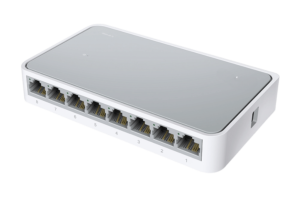
Exploring the Best 8-Port Gigabit Ethernet Switches for Your Network
Every home office setup would require reliable and efficient hardware to establish a secure work and internet connection, and most setups would include at least an 8-port Gigabit Ethernet Switch.
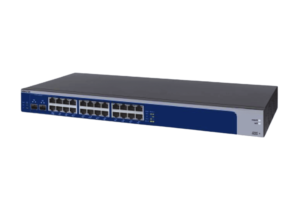
Unlocking the Power of 10 GbE: The Ultimate Guide to 10 Gb Network Switches
The need for reliable and faster networking systems continues to increase with both businesses and technology drivers seeking to achieve maximum performance. With this comes new technology like 10 Gigabit
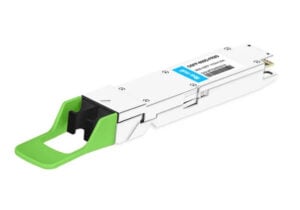
Application Introduction for 800G OSFP and 800G QSFP-DD Optical Modules
Benefits of Migrating to 800G Technology Migrating to 800G technology enables data centers and high-performance computing environments to address the ever-increasing demand for higher bandwidth at a lower cost and
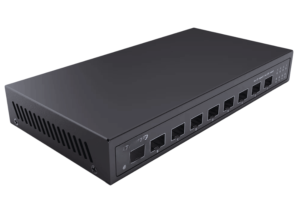
10 Gigabit Ethernet Switch: Unleashing the Power of 10GB Networking
Never has the need been greater for network performance to be faster and more reliable. For anyone supporting a thriving enterprise, managing resource-heavy applications, or simply looking to scale up
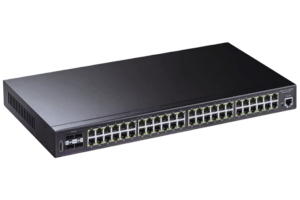
The Ultimate Guide to Choosing a 48-Port Gigabit Ethernet Switch
The lifeblood of an efficient network infrastructure in today’s dynamic digital world is large-scale data transmission. In a growing enterprise or data center, a strategically selected 48-port gigabit Ethernet switch
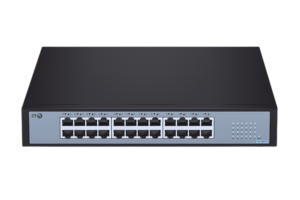
Unlocking the Power of a 24-Port Network Switch: A Comprehensive Guide
A 24-port network switch plays a pivotal role in modern networking settings, as it enables the effortless interconnection of numerous devices and guarantees optimal data flow in addition to satisfactory
Related posts:
- Can the Same Module on the NDR Switch Plug an NDR Cable into One Port and an NDR 200 Splitter Cable into Another Port?
- Any Difference in the Number of Nodes Managed by the Subnet Manager for Switch, OFED, and UFM?
- Is the Module on the OSFP NIC flat or Riding Heatsink?
- What is the Recommended Size of the Cluster to Use UFM?
